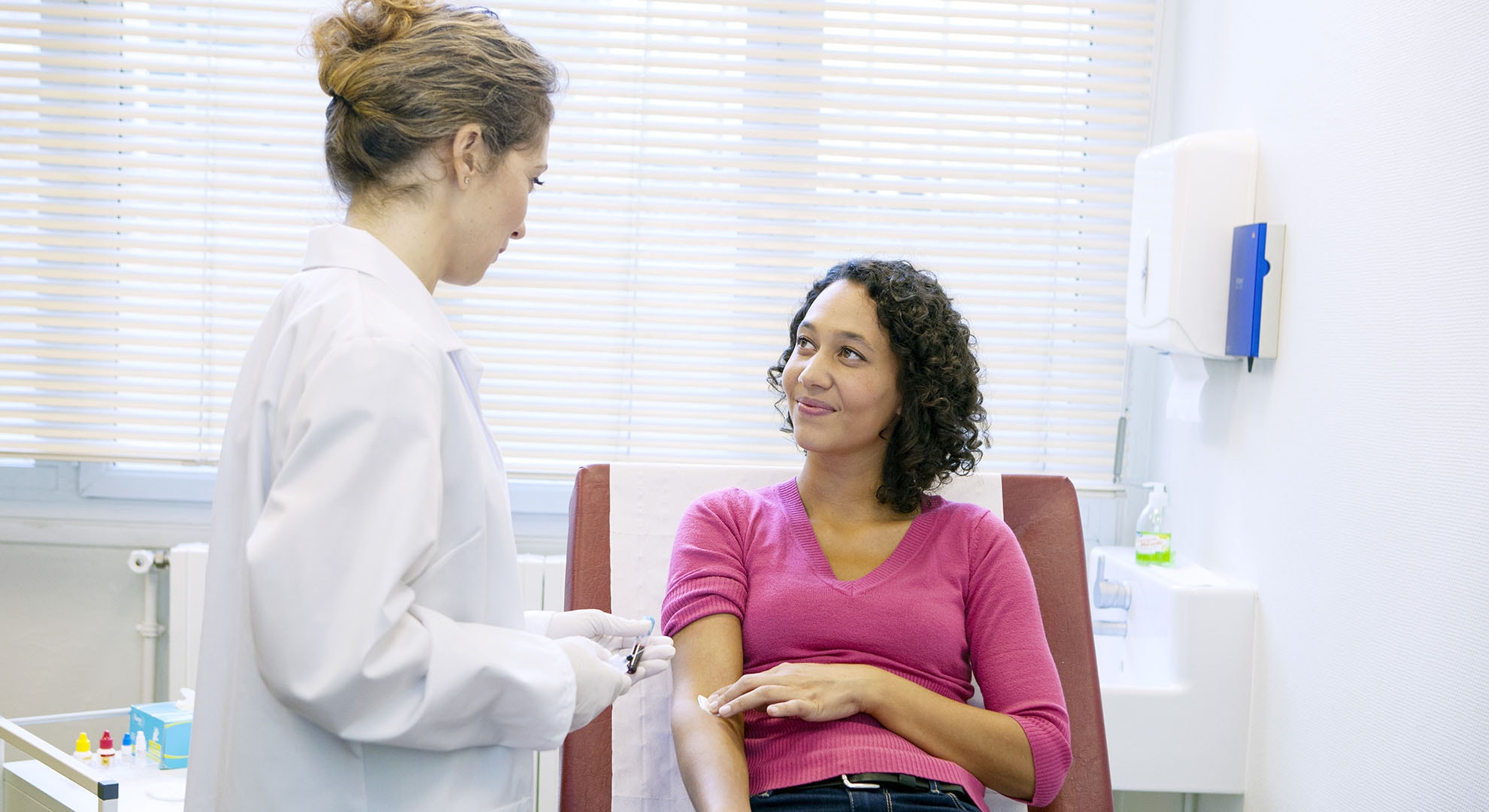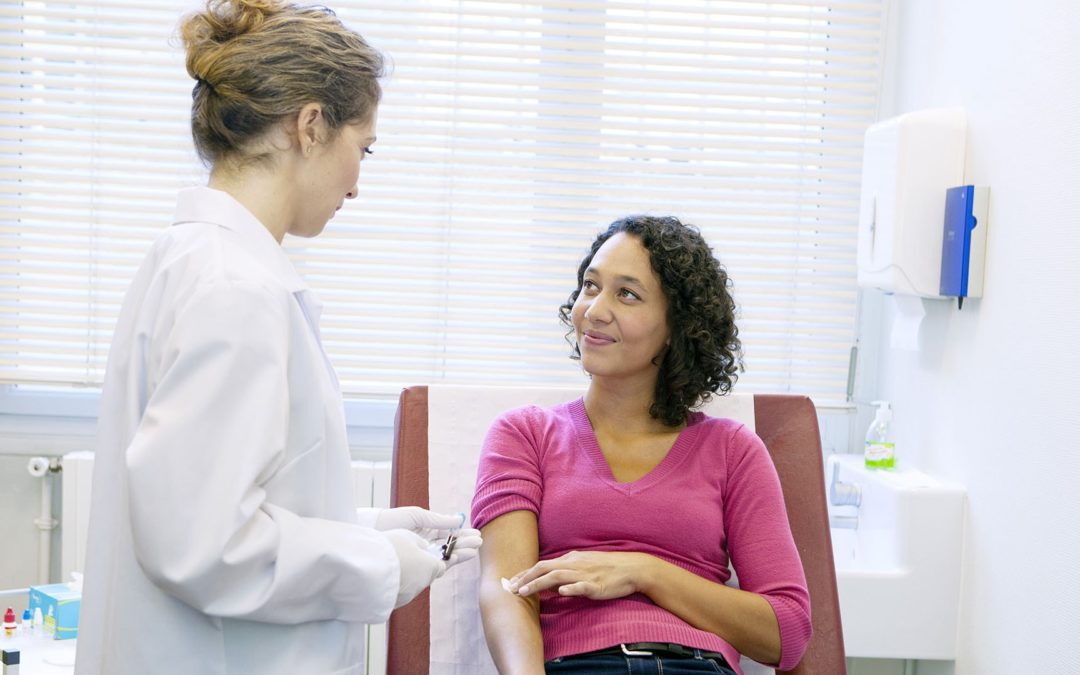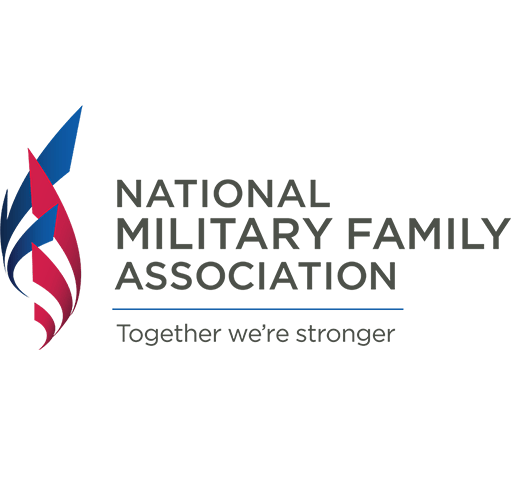Career Talk Blog | Phlebotomy vs. Clinical Medical Assistant
Choose the best healthcare option for your career goal.
How many times have you thought that the person drawing your blood is a vampire? Test tube after test tube… Makes you wonder.
But if you’ve ever wondered if that was a career for you, check out these options…
Phlebotomy Technician Program
Our Phlebotomy course prepares students to collect blood specimens from clients for the purpose of laboratory analysis. Students will review blood collection, while learning the skills needed to perform venipunctures and other collection techniques. This course also includes terminology, blood collection procedures, order of draw, and other topics. Our phlebotomy program also includes an optional clinical externship at a local healthcare provider for hands-on experience.
Clinical Medical Assistant Program
The Clinical Medical Assistant program prepares students to assist physicians by performing functions related to the clinical aspects of a medical office. Instruction includes preparing patients for examination and treatment, routine laboratory procedures, pharmacology, taking and documenting vital signs, technical aspects of phlebotomy, the 12-lead EKG and the cardiac life cycle. The Clinical Medical Assistant Program also includes an optional clinical externship at a local healthcare provider.
Which program is right for you?
Our Phlebotomy program is a great option for those students who have already used some of their funding and want to avoid having to pay out of pocket. The course is four months so students can complete the training and start working sooner. It’s also ideal for the spouses of service members who will be transitioning out of the military within a few months.
Our Clinical Medical Assistant program is more bang for your MyCAA buck. The six-month course is bundled, including the Clinical Medical Assistant training PLUS Phlebotomy and EKG training. Students enrolling in both the Phlebotomy and EKG courses separately would pay a minimum of $1,000 out-of-pocket expense, but this combination course is less than the $4,000 grant for 100% tuition assistance.







